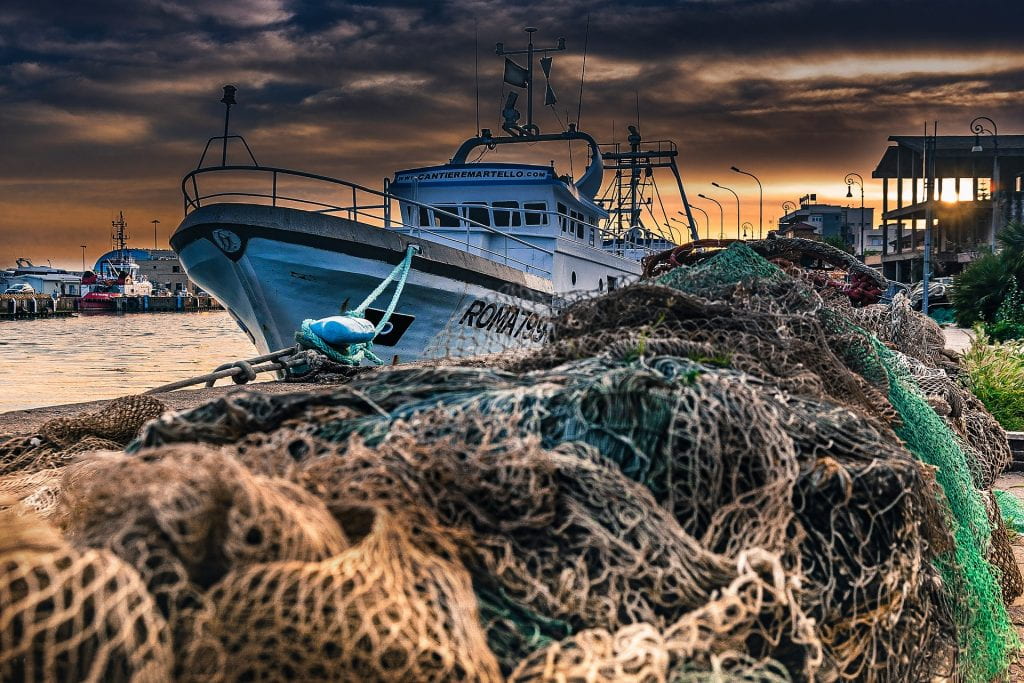A new documentary has recently blown up on the Netflix UK chart: Seaspiracy.

Intending to deliver a somewhat sensationalist, hard-hitting view into the evils of the fishing industry, the film’s overall message is quite clear: stop eating fish if you care about the ocean.
In the three short weeks since its UK release, the film has already caused quite the storm, from accusations of misrepresentation and out-of-context interviews, a reliance on older and questionable scientific data, exaggeration of the facts, total lack of important stakeholder contributions or opinions (including fisherman and other marine workers), denial of sustainable fishing when it does in fact exist, overlooking global lived realities of people who eat fish and expounding a discourse of food privilege, to perpetuations of the white saviour narrative.
It may be so that these issues, and more, exist with the documentary, and I would encourage the discerning viewer to do their own research into them before implementing significant lifestyle changes (if you can get past watching the astounding entitlement exhibited by director Ali Tabrizi when he gets in a huff after his impromptu appearance to demand an interview at the offices of the Marine Stewardship Council is denied, that is). However, for me it was not what the documentary highlighted that was of interest, but what it pushed to one side as secondary: plastic pollution.
The documentary opens with Tabrizi discussing his personal efforts to engage in beach clean-ups and limit the plastic pollution that is tarnishing the oceans (and his opinions on Asian whaling…though that is a discussion point for another day). Yet, plastic is promptly discarded as a key threat (or at least one to be directly targeted), to instead focus on the fishing industry.
For example, we are told that in the Great Pacific Garbage Patch, 46% of the plastic comes from fishing lines. Conclusion? Fishing (and our part in fuelling the industry through eating fish) is actually causing the greatest plastic pollution via discarded nets. The viewer is also told that only 0.03% of ocean plastic comes from straws. As such, what is the point of using paper straws, reusable bags and cups, and household recycling, this documentary seems to ask, if you continue to eat seafood?
But as some reports show, this may conveniently overlook some facts that should be noted. Fishing nets do contribute a great deal to the Great Pacific Garbage Patch, but this may be because ‘thin’ plastics like bags and straws (the kind that are targeted in environmentalist campaigns) disintegrate and sink to the sea bed. If we bear in mind that microplastics come from the breakdown of larger plastics, then the ghastly fishing nets sitting atop the ocean may suddenly seem less threatening, at least to those of us interested in microplastics. It is the plastics that we don’t see, the straws and the bags that are broken down and washed away, that the fish are ingesting.
This kind of discourse reminds me of the Peruvian microplastics campaign that I have been researching, ‘No quiero esto en mi ceviche’ (‘I don’t want this in my ceviche’). In that campaign we are told that using plastics will result in humans eating bits of microplastics in their seafood ceviche dishes- we don’t want that. However, it does not attempt to address the wellbeing of the actual fish who are eating the plastics, and they are only mentioned as a food source.
Seaspiracy also seems to neglect the fish eating those microplastics, unless in a context of being eaten. It is all well and good to stop eating seafood and contribute to the diminishment of the ‘evil’ fishing industry, but this arguably needs to go hand in hand with attention to plastic waste. If not, it seems to me that we run the risk of leaving marine life to its own devices, only to keep pumping microplastics into their environments anyway.
Image from Pixabay.

